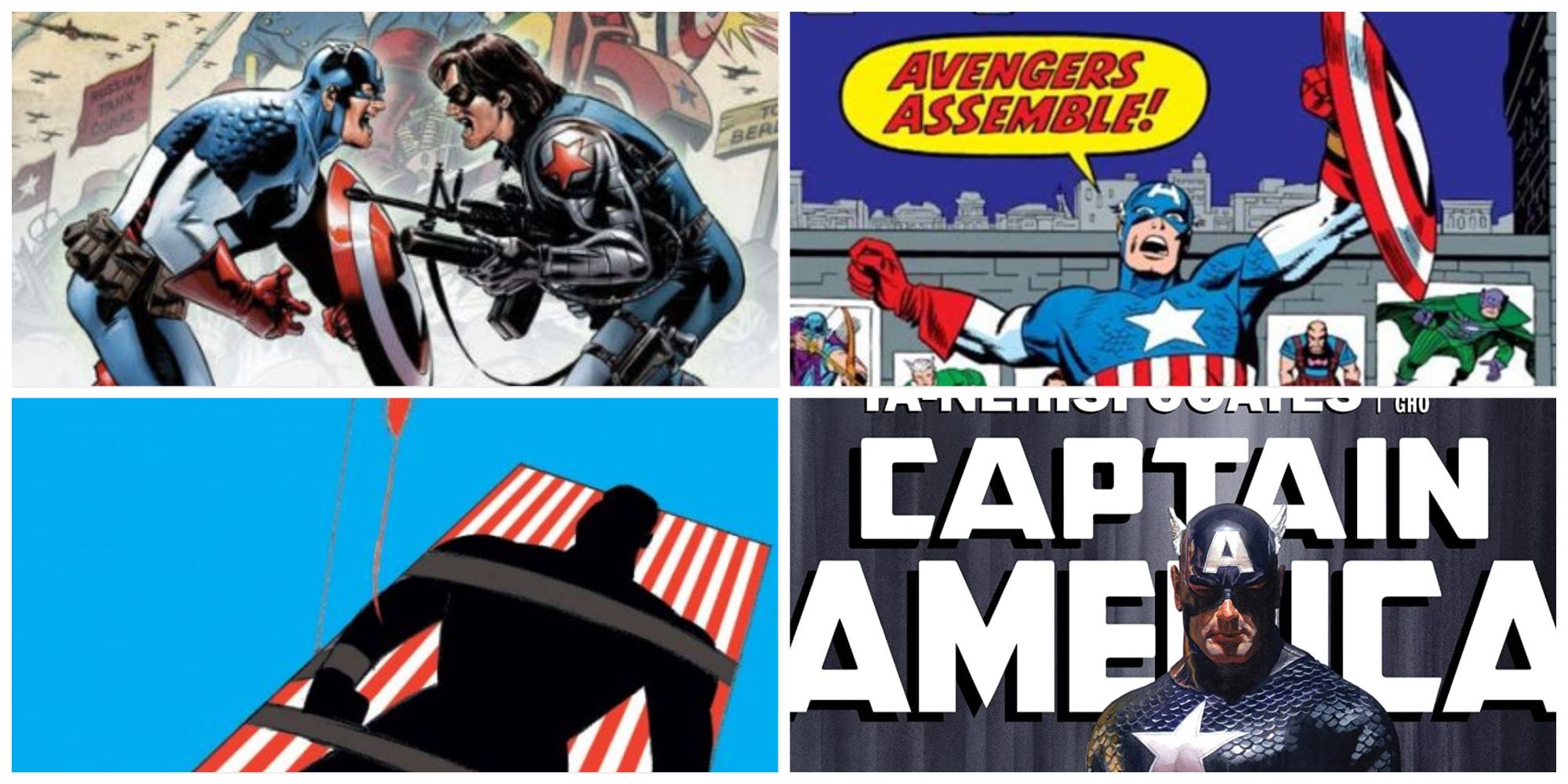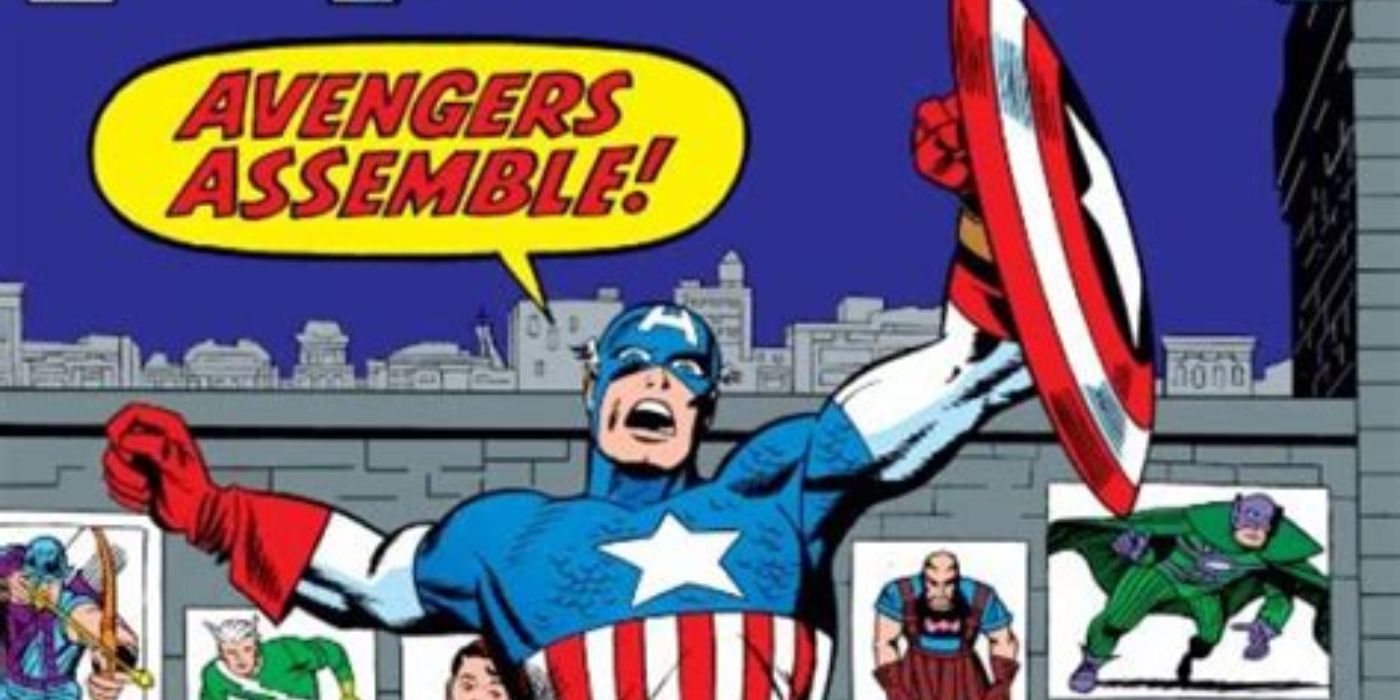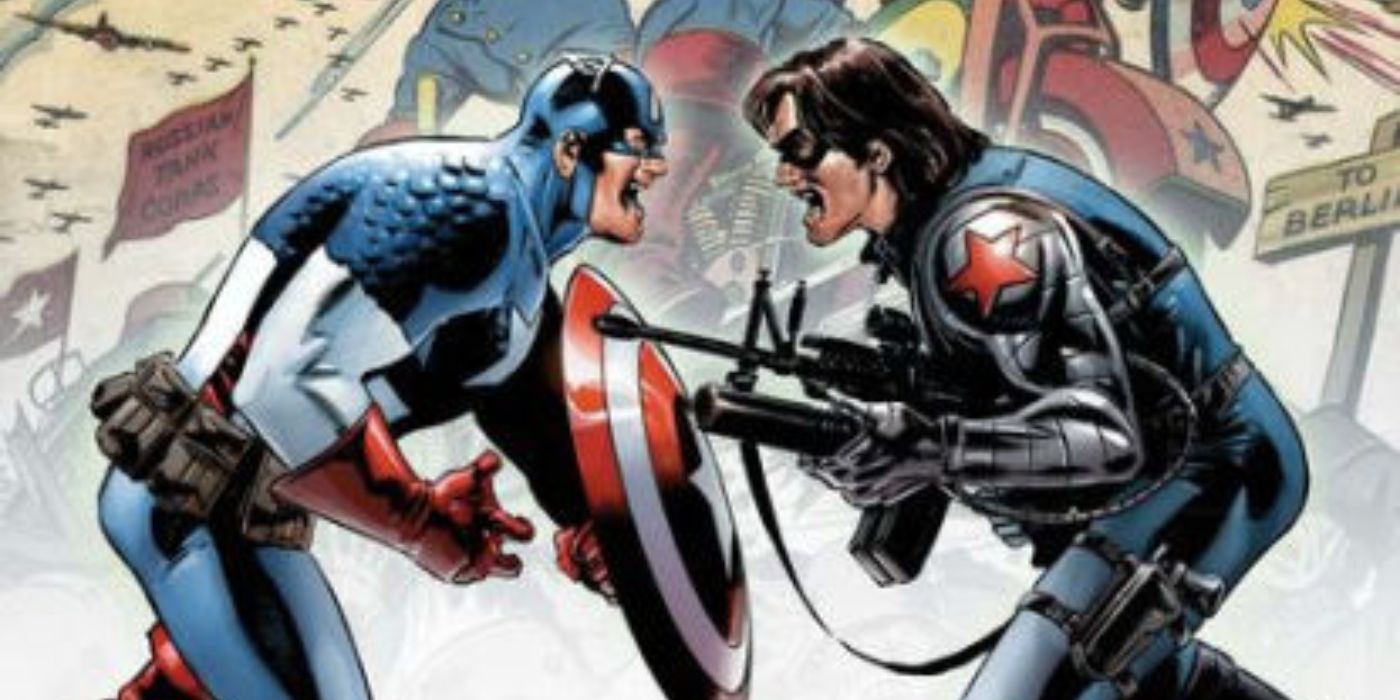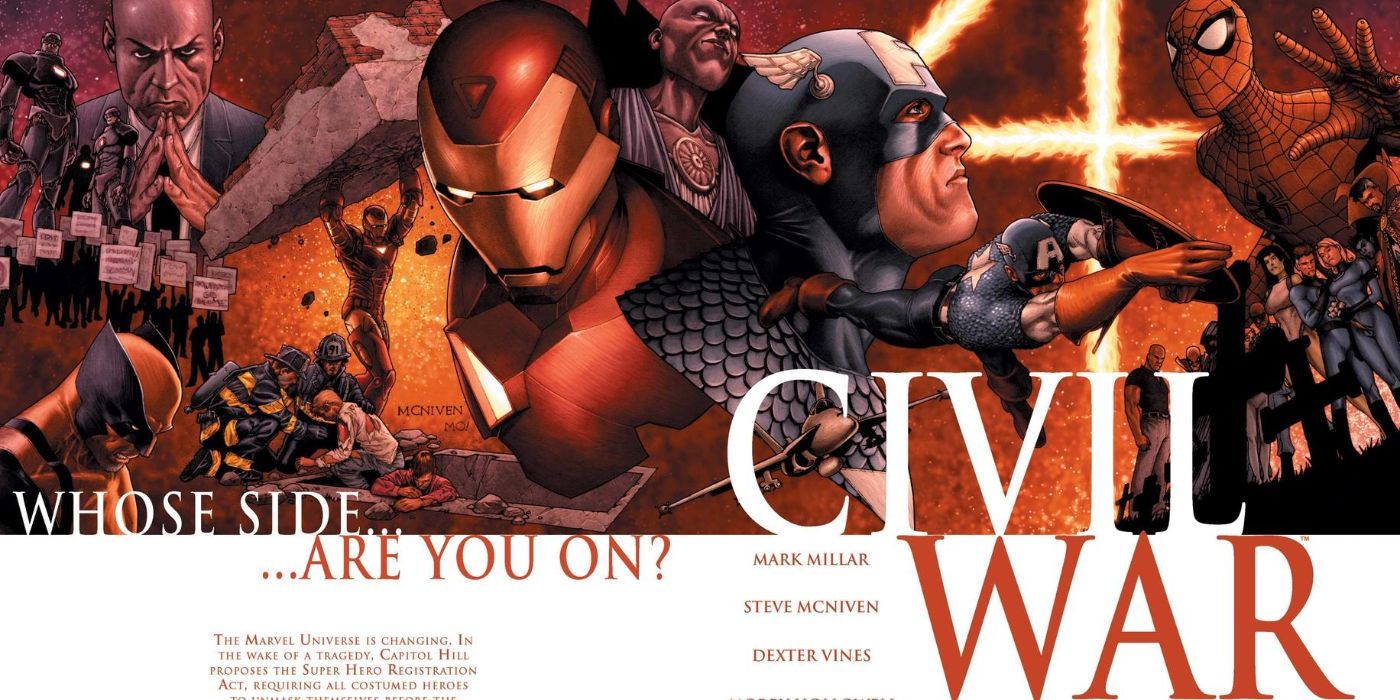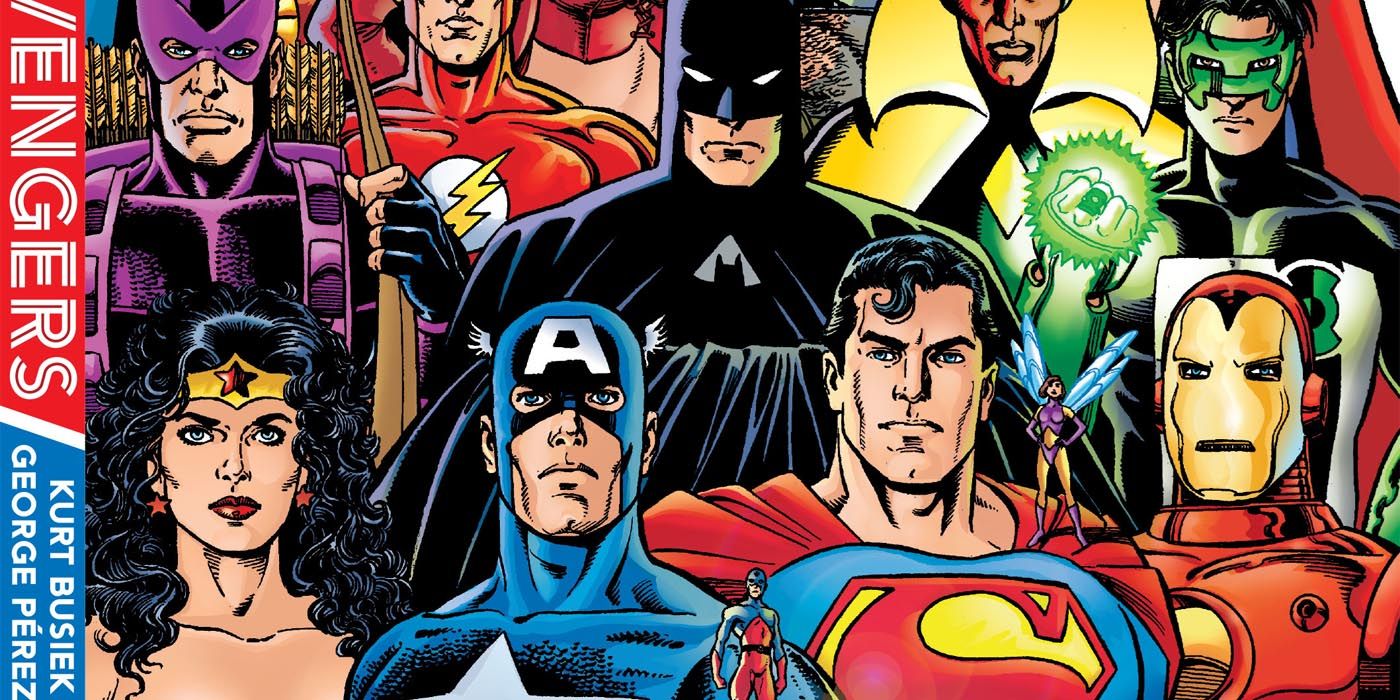Captain America is propaganda; that’s the whole point of the character. In the best Captain America stories, Steve Rogers wrestles with this fact, trying to reconcile his status as a human being with his status as a symbol. As readers, doing the same and critically examining the Star-Spangled Avenger is a worthwhile thought experiment.
As an idealized representation of America, Cap is an excellent lens to examine the country through. Since its first appearance in the 1940s, creators have used Captain America to highlight the most important aspects of the United States while simultaneously critiquing its greatest flaws. While observing the 4th of July, there are many Cap stories to read to further explore the nuances of America.
ten ‘Captain America Comics #1’ Still Retains Its Relevance
One of Captain America’s greatest stories was the first one ever told. Writer/artists Joe Simon and Jack Kirby’s Captain America Comics #1 was a storybook anthology that focused primarily on the all-new Sentinel of Liberty, but the best of the lot is the title “Meet Captain America.”
The story depicts Cap’s classic origin story. It features a weak Steve Rogers who volunteers to risk everything to fight fascism. While it’s not the sleekest story in comics, Captain America Comics #1 had an influence on the fact that many Americans supported the fight against Hitler. It also features the creation of one of America’s most enduring icons, dreamed up by two poor Jewish artists.
9 The first ‘Secret Empire’ gave Captain America a nuance
Although Captain America has once again gained popularity thanks to his teams in avengers and his solo adventures in tales of suspense, the character didn’t experience a true renaissance until writer Steve Engelhart’s tenure. One of the most influential comic book writers of the 70s, Engelhart’s Captain America comics combined adventure with insight, most notably in “Secret Empire”.
Expertly drawn by Sal Buscema with writing aids from Mike Friedrich, Engelhart’s “Secret Empire” sees Captain America and the Falcon do battle against the Hydra offshoot “the Secret Empire” as it takes control of the US government and installs a totalitarian regime. Heavily influenced by the recent Watergate scandal, “Secret Empire” sees Steve Rogers trying to reconcile his love of country with the issues of blind loyalty to the government.
8 Cap’s Time as a nomad only grows in relevance
Following the events of “Secret Empire”, Steve Rogers grew increasingly frustrated with the idea of being “Captain America”. After Hawkeye fought him under the dubious alias “The Golden Archer”, Rogers ditched his Captain America costume and sought to fight injustice as a Nomad.
Cap’s time as Nomad only lasted five issues. However, it did give readers some insight into Rogers’ identity crisis. He eventually returned to the role of Captain America after seeing how others manipulated the image in his absence. As modern Americans live in an increasingly divided society, Rogers’ ultimate realization that he must face the ills of his country only grows in relevance over time.
While Captain America is synonymous with the Avengers these days, Cap didn’t shine as a crucial part of the team until the now famous Avengers #16. Written by Stan Lee and drawn by Jack Kirby, “The Old Order Changeth” serves as a metaphor for the “melting pot” aspect of America.
After a climactic battle against the Masters of Evil, Iron Man, Thor, Wasp, and Giant Man all decide to leave the team. Captain America is joined by former criminal Hawkeye and immigrant terrorists Scarlet Witch and Quicksilver, all of whom have gone on to become some of the most iconic Avengers. In this story, the American ideal of accepting others despite their differences or backgrounds becomes literal and inspiring.
6 ‘Captain America No More’ Explores Tough Issues
While Engelhart explored ideas such as patriotism and individual action in his breakthrough run, writer Mark Gruenwald explored many of these concepts in more detail in his nearly decade-long run on the title. One of his best-received stories was in “Captain America No More,” which ran for 18 issues.
Similar to the “Nomad” arc, “Captain America No More” sees Steve Rogers relinquish his Captain America title and take on a new moniker, The Captain. Here, however, Captain America is more directly opposed to a seemingly less malevolent US government. US Agent is also featured in these pages, giving readers the chance to explore how Captain America’s symbolism can change depending on who wields the shield.
5 “The Winter Soldier” unites continuity and complexity
Alongside writers like Steve Engelhart and Mark Gruenwald, Ed Brubaker is considered one of the most influential creators to spend time with the character. His “Winter Soldier” arc is widely considered to be one of the character’s most pivotal storylines.
Brubaker’s story (drawn by superstar Steve Epting) sees Captain America battling a fearsome alliance of Cold War KBG operatives and Hydra agents. Its main antagonist, the Winter Soldier, is revealed to be Bucky, long believed to be dead since the end of the Golden Age. “The Winter Soldier” reminds readers that evil must be continually rooted out, but also that it is important to help rehabilitate those it manipulates.
4 ‘Truth: Red, White, and Black’ takes a critical look at World War II
Not every great Captain America feature Steve Rogers. While more recent explorations have featured Sam Wilson donning the cowl, one of the greatest explorations of Captain America’s identity is in Truth: red, white and black.
Heavily inspired by Tuskegee’s experiences with syphilis, writer Robert Morales and artist Kyle Baker use the series’ seven issues to explore the oft-romanticized World War II era through the lens of the black experience. . Army recruits Isaiah Bradley, Maurice Canfield, and Luke Evans are experimented with in an effort to replicate the super-soldier serum. Truth: red, white and black explores the hypocrisy of the US government as it proclaims to fight for freedom while still treating many citizens as second class citizens.
3 “Civil War” explores the meaning of the “American Revolution”
After decades of clashes with the government and the threat of a superhuman registration law, things finally came to a head in the 2006-7 crossover event, Civil war. When Captain America was enlisted by the government to bring all Superbs under their control, Rogers refused and started his own revolution against the government.
While sometimes frustrating in dealing with characters and ideas, writer Mark Millar and artist Steve McNiven have done a great job portraying a Captain America who creates a form of community-driven resistance that echoes the ideas of Thomas Jefferson on rebellion as a means of maintaining freedom. .
2 ‘JLA/Avengers’ is the best of Captain America
While many of Captain America’s single-player stories critically address the significance of a flag-wrapped superhuman, Avengers stories generally focus on the inspirational aspects of the character. Nowhere is this better exemplified than in the hit miniseries from writer Kurt Busiek and artist George Pérez JLA/Avengers.
The series is full of great moments that illuminate the best aspects of the character, like when Cap fights Batman to a standstill or when he and Superman rally the heroes to restore their true realities at the cost of their own happiness. However, Captain America’s finest moment is when he leads the teams to fight reality-destroying Krona. The heroes who appear and disappear serve as a literal and more impactful version of the importance of representative and collaborative government.
1 Ta-Nehisi Coates explored issues in America today
After Nick Spencer secret empire event, many fans were bitter about Captain America being a Nazi sleeper agent for its entire continuity. Esteemed writer Ta-Nehisi Coates’ time on the title made lemonade out of lemons as he explored lines of this in a modern context.
Coates’ book thoughtfully explored the repercussions of a publicly fascist Captain America while returning the beloved version of Steve Rogers to readers. Both grateful and critical of America, Coates used his time on the book to examine modern America’s intertwined racial and economic issues while providing an excellent superhero story.

